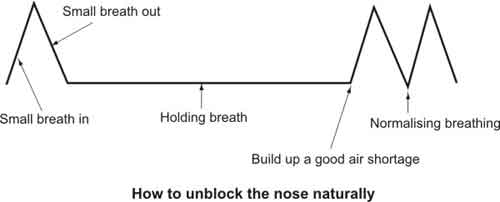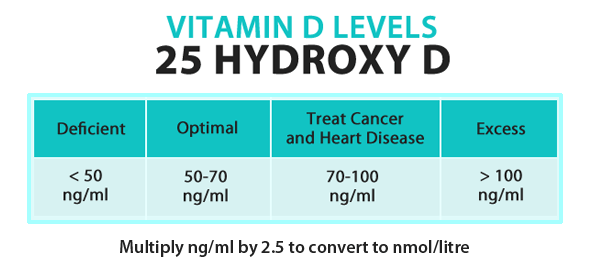Think about your goals
The very first step in designing a great weight training program is to think about your goals, because your program will be based around these goals. For example, if my goal is to get toned I would probably focus more on higher rep ranges of 12-15 reps as opposed to the lower rep range of 8-10 reps.
Do you want to get stronger, excel in your sport, lose weight, get toned? Your program needs to reflect these goals.
Decide how frequently you want to weight train per week
A great workout program is going to incorporate cardio, weight, and flexibility training. In this article we’re focused specifically on weight training. So make sure when you’re deciding how many days you want to weight train per week, you leave time in your schedule for flexibility and cardio training.
My magic number is four. I weight train on mondays, tuesdays, thursdays, and fridays. Wednesday is typically a cardio day and I reserve the weekend for cardio, flexibility, and rest.
I suggest weight training anywhere from two to five days a week, five being the very max. Anything more than five days brings into question the ability of your body to recover from your weight training workouts.
Assign groups of muscles to your weight training days
Implement basic compound exercises into your weight training program
After you’ve assigned groups of muscles to your weight training days, it’s time to start adding some exercises into your weight training program.
Every great weight training program is built around basic compound exercises. A basic compound exercise is going to place greater intensity on multiple muscles at the same time and involves the movement of two or more joints. In layman’s terms, these exercises give you the most bang for your buck. I compare compound exercises to the structural components in your house: foundation, support beams, etc.
Auxiliary exercises on the other hand supplement supplement basic exercises and typically focus on only one muscle or joint movement.
Your next step in designing a weight training program is to add auxiliary exercises. Remember, auxiliary exercises are meant to supplement basic exercises and focus on training one muscle.
Choose your volume of training
I personally wouldn’t suggest going below six reps for any exercise. I’ve done this many times and it greatly increases your chance of injury because you’re typically lifting much heavier weights in this rep range. At the other end, I wouldn’t venture above 16 or 17 reps.
Again, these are general guidelines. You can change things around to what works for you. I typically perform exercises in the 8-10 rep range.
As far as number of sets, my recommendation is to perform 2-4 sets per exercise. After four sets you probably want to move onto another exercise. Sometimes I will do five or so sets for a basic compound exercise, but I don’t do that all of the time. My typical number is three sets per exercise.
In regards to rest time, you’re going to have to experiment. Obviously shorter rest times between exercises and sets is going to increase the intensity factor of your weight training program. Since I do the four day split, I generally like to superset exercises for the two muscle groups I’m working.
And lastly, choose a weight that you can perform the exercise with near-perfect form and come close to failure at the end of your chosen rep range. For example, if I’m doing bicep curls and my rep range is 8-10, I want to choose a weight that is going to bring me close to failure around eight or nine reps while still executing the exercise with near-perfect form.
I don’t suggest training to failure. I’ve done it before, and I believe it does more harm than good. Training to near-failure is what I found to be the sweet spot.
Congratulations!
You just designed a solid and effective weight training program that you can go out and use today!
The very first step in designing a great weight training program is to think about your goals, because your program will be based around these goals. For example, if my goal is to get toned I would probably focus more on higher rep ranges of 12-15 reps as opposed to the lower rep range of 8-10 reps.
Do you want to get stronger, excel in your sport, lose weight, get toned? Your program needs to reflect these goals.
Decide how frequently you want to weight train per week
A great workout program is going to incorporate cardio, weight, and flexibility training. In this article we’re focused specifically on weight training. So make sure when you’re deciding how many days you want to weight train per week, you leave time in your schedule for flexibility and cardio training.
My magic number is four. I weight train on mondays, tuesdays, thursdays, and fridays. Wednesday is typically a cardio day and I reserve the weekend for cardio, flexibility, and rest.
I suggest weight training anywhere from two to five days a week, five being the very max. Anything more than five days brings into question the ability of your body to recover from your weight training workouts.
Assign groups of muscles to your weight training days
Implement basic compound exercises into your weight training program
After you’ve assigned groups of muscles to your weight training days, it’s time to start adding some exercises into your weight training program.
Every great weight training program is built around basic compound exercises. A basic compound exercise is going to place greater intensity on multiple muscles at the same time and involves the movement of two or more joints. In layman’s terms, these exercises give you the most bang for your buck. I compare compound exercises to the structural components in your house: foundation, support beams, etc.
Auxiliary exercises on the other hand supplement supplement basic exercises and typically focus on only one muscle or joint movement.
Your next step in designing a weight training program is to add auxiliary exercises. Remember, auxiliary exercises are meant to supplement basic exercises and focus on training one muscle.
Choose your volume of training
I personally wouldn’t suggest going below six reps for any exercise. I’ve done this many times and it greatly increases your chance of injury because you’re typically lifting much heavier weights in this rep range. At the other end, I wouldn’t venture above 16 or 17 reps.
Again, these are general guidelines. You can change things around to what works for you. I typically perform exercises in the 8-10 rep range.
As far as number of sets, my recommendation is to perform 2-4 sets per exercise. After four sets you probably want to move onto another exercise. Sometimes I will do five or so sets for a basic compound exercise, but I don’t do that all of the time. My typical number is three sets per exercise.
In regards to rest time, you’re going to have to experiment. Obviously shorter rest times between exercises and sets is going to increase the intensity factor of your weight training program. Since I do the four day split, I generally like to superset exercises for the two muscle groups I’m working.
And lastly, choose a weight that you can perform the exercise with near-perfect form and come close to failure at the end of your chosen rep range. For example, if I’m doing bicep curls and my rep range is 8-10, I want to choose a weight that is going to bring me close to failure around eight or nine reps while still executing the exercise with near-perfect form.
I don’t suggest training to failure. I’ve done it before, and I believe it does more harm than good. Training to near-failure is what I found to be the sweet spot.
Congratulations!
You just designed a solid and effective weight training program that you can go out and use today!

